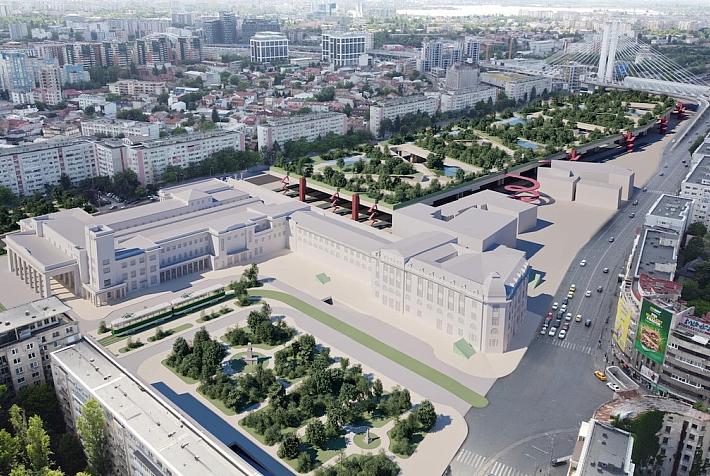Over 50 abandoned premises in Bucharest could be turned into cultural spaces

There are more than 50 abandoned premises in Bucharest that could be turned into cultural spaces, according to a mapping study focused on unused spaces in Romania’s capital made by students and teachers from Ion Mincu Architecture and Urbanism University. They did the study for the Bucharest 2021 project.
The Romanian students and teachers found that many places in Bucharest, such as old houses, former factories, and vacant land plots on the outskirts of the capital can be converted into real cultural knots, reports local Mediafax.
The team from the Ion Mincu University studied the buildings in Bucharest for a month and a half. They’ve focused on identifying abandoned areas that could be turned into cultural spaces, as well as neighborhoods where there are no such places, or their number is very low. They’ve also studied the buildings that were partly used for cultural purposes.
There are several places in Bucharest that have been transformed in cultural spaces, which host art activities. Most of them are located in old houses in the center of Bucharest. Some examples are Dianei 4, Carol 53, Interfon 77, and Artskul.
Former warehouses and factories are also being used today for different activities such as concerts and parties. Some of the spaces became clubs – the stockings factory became Fabrica Club and the former Berlin restaurant became Control Club, but also creative centers – Industria Bumbacului factory became Nod Makerspace and Flaros factory became Working Art Space and Production. Also, half of the old cinemas were transformed into clubs.
The study identified several types of buildings that could be turned into cultural spaces. For example, unused public buildings such as movie theaters, summer theaters, and abandoned restaurants, former hospitals and schools from the communist period, industrial spaces, and unfinished buildings. 56 of these locations were studied in detail and will be subject to feasibility studies that will show to what extent these premises can be redefined as cultural spaces.
Panels with the 56 abandoned places that could be turned into cultural spaces are on display at Gabroveni Inn until the end of the week.
Several cities in Romania run for the 2021 European Capital of Culture, namely Bucharest, Cluj-Napoca, Timisoara, Iasi, Craiova, Arad, Sfantu Gheorghe, Oradea, Alba Iulia, Braila, and Brasov.
Part of large Bucharest boulevard to become pedestrian area
New promenade area in Bucharest, alongside Unirii Boulevard, close to completion
Romania’s Cluj-Napoca pays EUR 15 mln to become European Cultural Capital
Irina Popescu, irina.popescu@romania-insider.com
(Photo source: Dianei 4 on Facebook)











